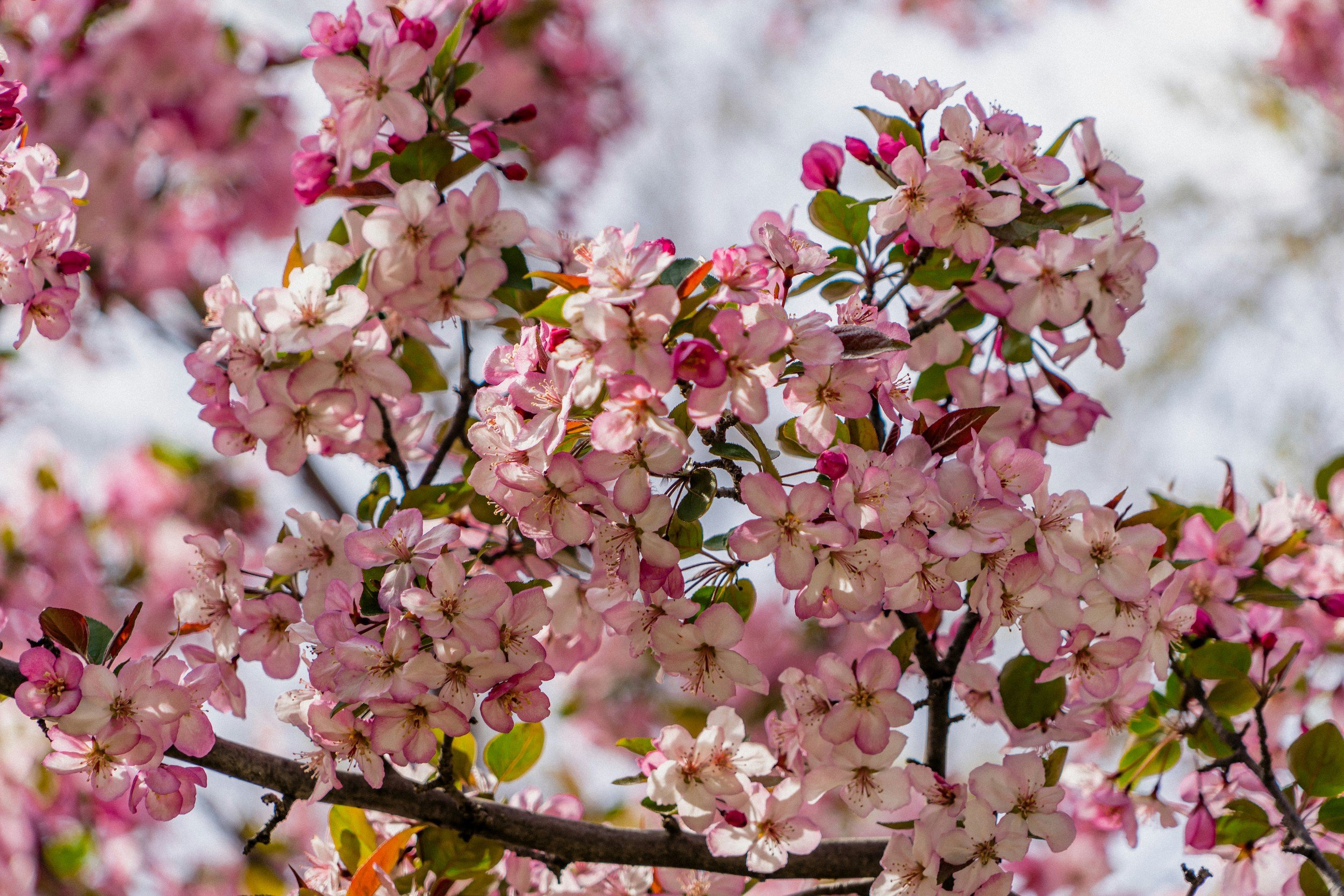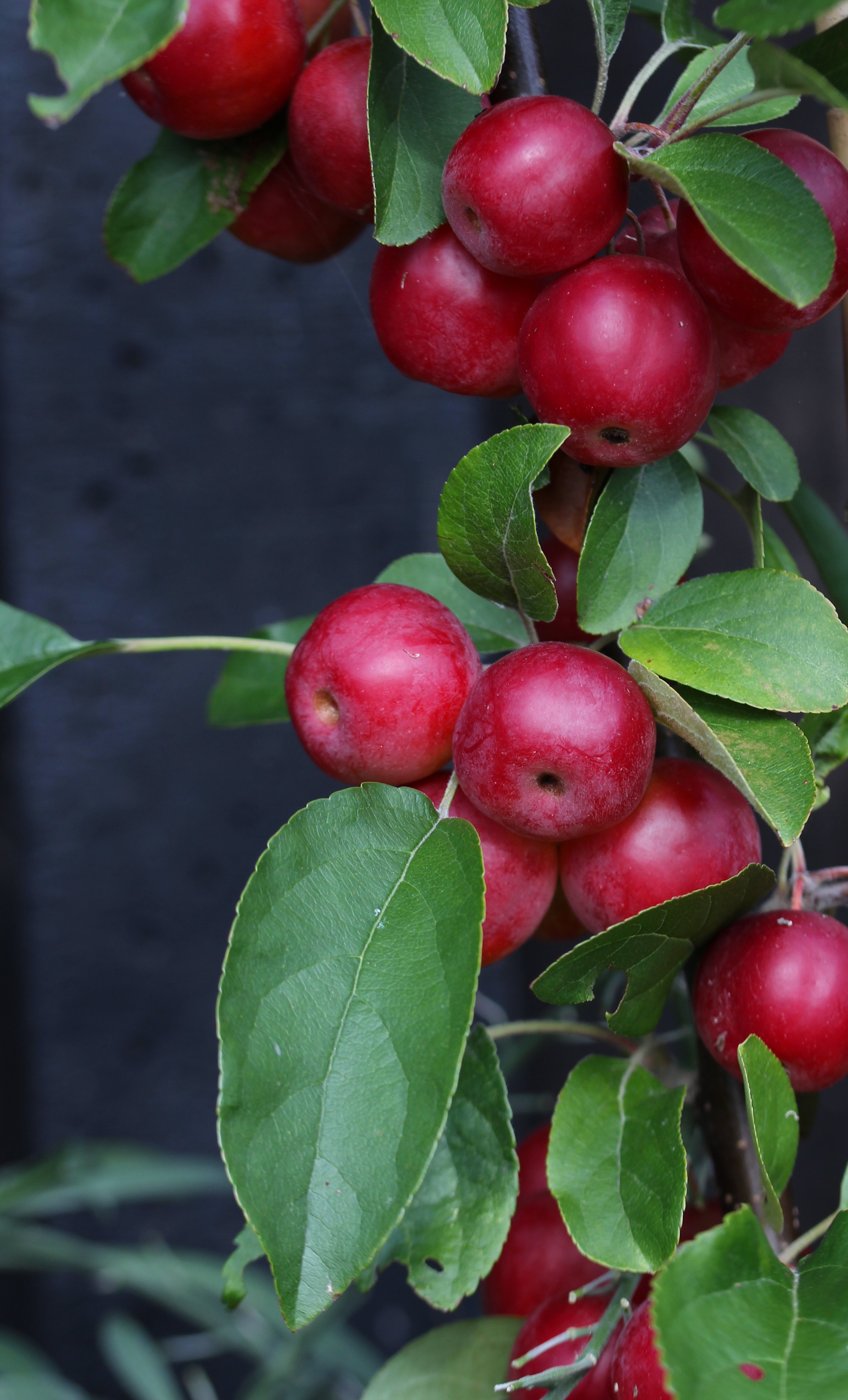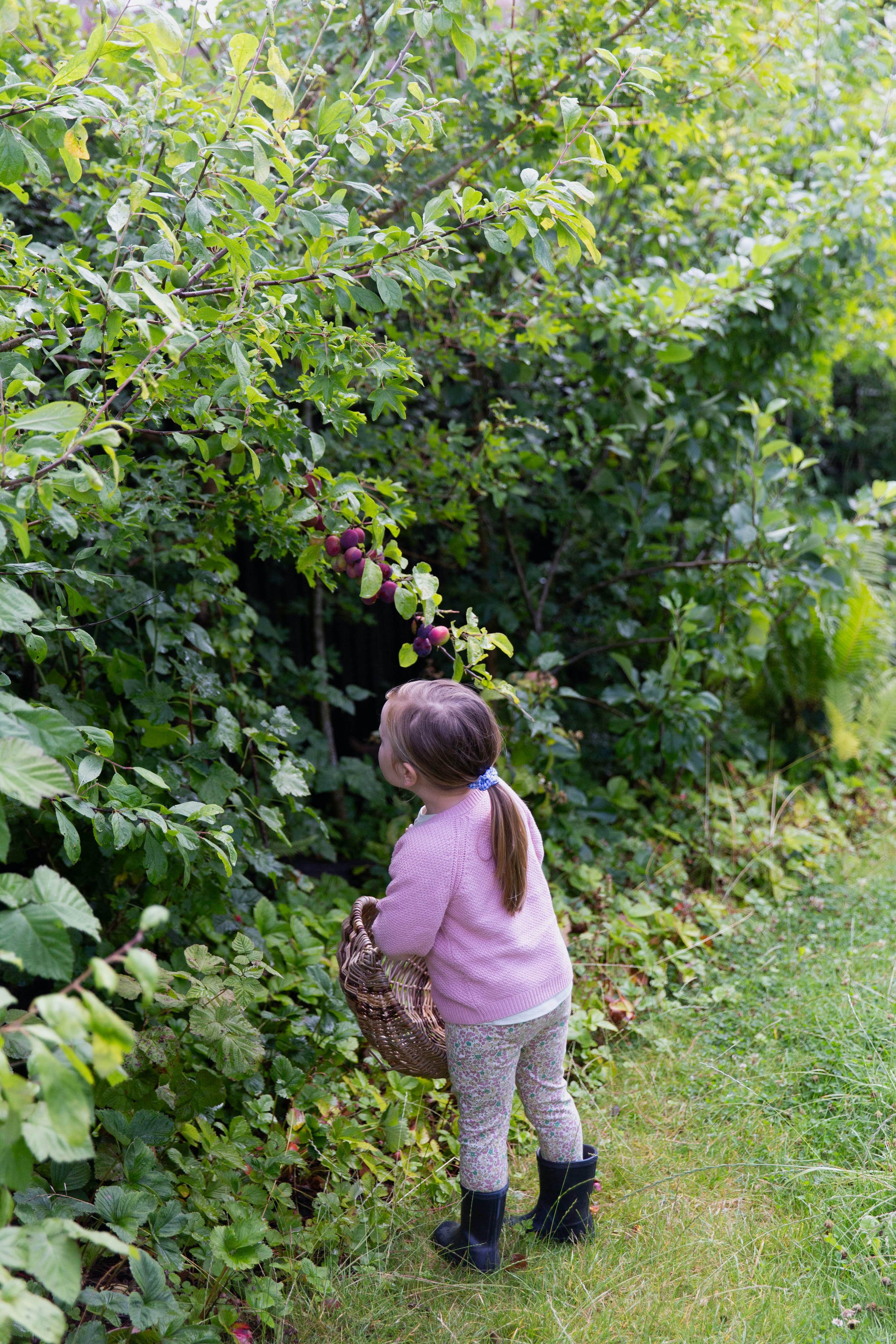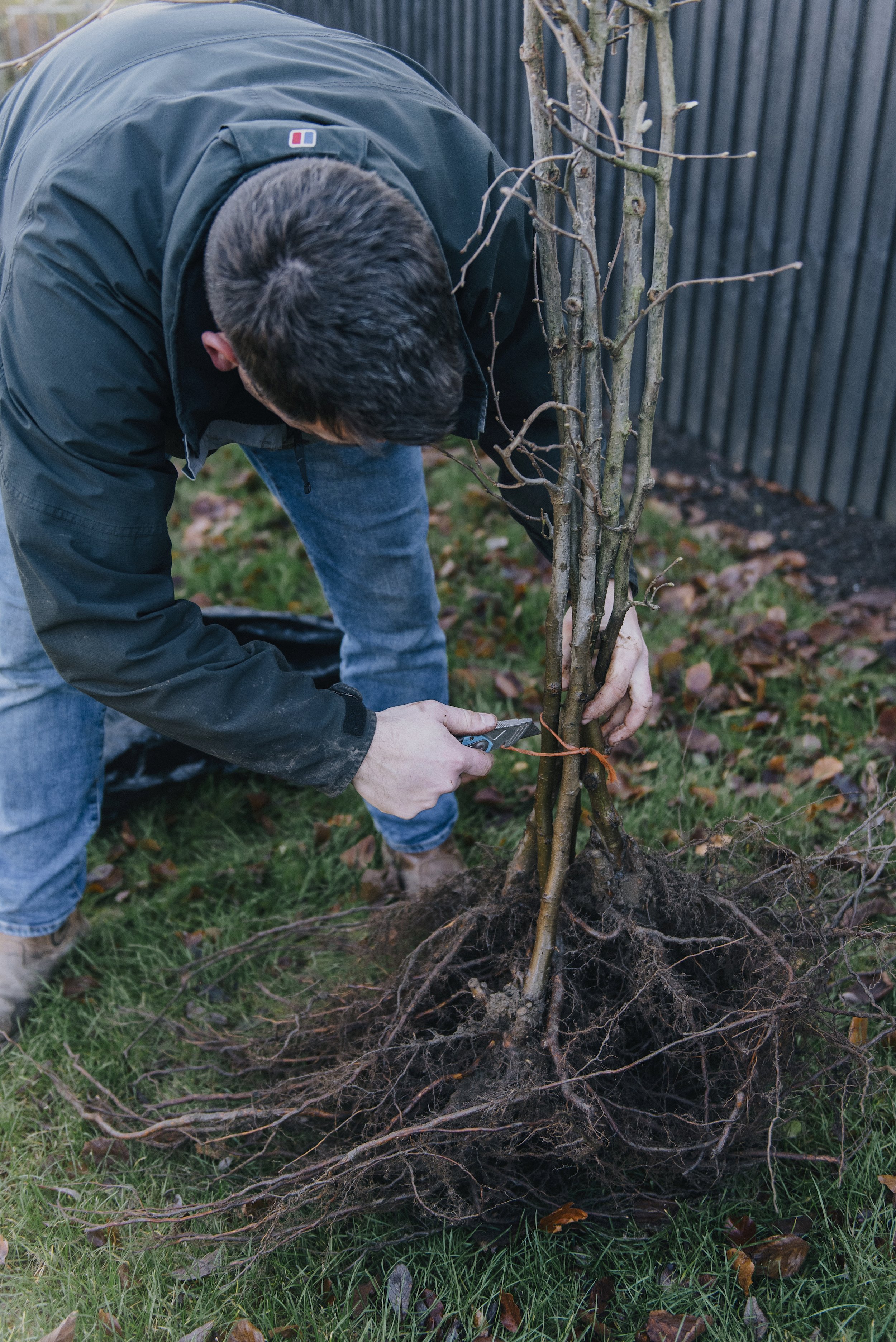Plant guide: crab apple trees
Crab apple trees are the smaller relatives of regular apples, producing clusters of small shiny fruits in the Autumn, which are delicious turned into jams and jellies, and also popular with birds.
As well as the fruits, the trees themselves are relatively small, so they’re perfect for a spot with less space and grow well in small gardens, in borders, and in hedges.
All crab apples have impressive displays of blossom in the Spring, followed by fruits in the Autumn, and many have stunning Autumn leaf colour too. All in all, the perfect tree for year round interest…
Botanical name: Malus sylvestris
Plant type: Deciduous fruit tree.
Crab apple blossom in Spring
Growing conditions:
Crab apples grow best in full sun to part shade. They’re tolerant of different soil types, and are generally a hardy tree. They tend to be relatively small in height, so fit especially well in small gardens, and are happy growing in borders, or in a more isolated spot (in the middle of a lawn, for example…)
Crab apples work well in hedges — we have included some in our edible hedge, which provides plenty of fruit for us in the Autumn months.
Care:
Water well for the first few years after planting, while the trees are getting established and putting out roots. After two years, they should be okay without watering for any but the driest spells in the Summer.
Mulching in Spring will help to suppress weeds and keep the soil moist.
An annual prune in late Spring – early Summer will help to keep the tree growing well. Remove any dead, diseased or dying branches, and reduce in length if necessary. Cut back to above a bud.
How to plant:
Crab apples establish quickest when planted as bare root trees in the dormant season (the Autumn and Winter months). They can be planted any time during this period, as long as the soil is not frozen or waterlogged.
Dig a hole as deep as the length of the roots, and twice as wide. It helps to have two people to plant the tree, so one can hold it in position (turn it around as needed so it looks good in place) and the other person can back fill the hole. Plant to the depth that it has been growing in the field, which should be visible as a soil line on the very bottom of the trunk. For more detailed information, take a look at our guide on planting bare root trees.
Harvesting:
Crab apples are ready to harvest usually between September and November, depending on the weather conditions and the variety of crab apple. They’re ready to pick when they start to naturally fall away from the tree. Twist the stem, and if they come away easily they are ripe.
Uses:
Crab apples are small and tart, so tend not to be eaten raw. They are perfect, though, for cooking into jellies and jams as they’re high in pectin, so set easily.
You can also use them in place of sloes with gin or vodka to make fruit alcohol. This is so simple to make: just add crab apples and sugar to a bottle of gin or vodka, and leave to steep for a few months.
Crab apples are a great source of food for wildlife as well, and are extremely popular with birds. If you’re not using them for cooking, leave the fruits on the branches through winter. We’ve seen redstarts feeding on crab apple trees right in the city centre in Bristol…
Crab apples are great cross-pollination partners in orchards, growing among standard apple trees, as they have a longer flowering period than most culinary apples.
The branches are often used as cut flowers: both the Spring blossom and the Autumn fruits work well in flower arrangements. Just cut a whole section of branch off the tree, and keep it in water…
Favourite varieties:
Malus ‘Evereste’ (pictured below right) is one of our favourite all round varieties. It’s a compact crabapple tree, that is covered in blossom during the Spring, with flowers of pink-tinged white. Its fruit, in the Autumn, is a glossy bright red.
Malus ‘Praire Fire’ (pictured below left) is another stunning variety. It’s a slightly larger tree, with unusual purple-green leaves, a mass of very deep pink blossoms, and the fruits are a dark purple-red. Colourful and making a statement throughout the year…
Malus ‘Prairie Fire’ is covered in bright pink blossom in the Spring
Malus ‘Evereste’ produces glossy, red fruits








